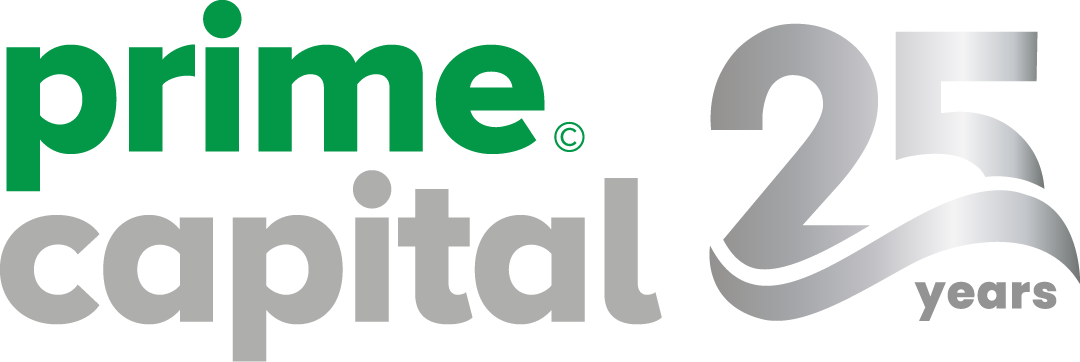Our last few blog posts have focused on how business owners can improve their financial literacy and get the information they need to make great decisions. But, as you know, once you’ve gained the knowledge, you still need to apply it!
This can be the tricky part sometimes, because knowing a concept and seeing it in action are two different things.
In that spirit, today’s post is all about how to take the information you gain and make it work for you in your business. Here are a few starting points to guide the way and get you started:
Start (Actually) Using Your Financial Statements
Financial statements aren’t usually where a business owner goes when they need to make a big decision in the business, but sometimes, they can provide incredible context and clarity! They’re a bit like your business report cards, giving you a snapshot of where you’ve been in the past.
Let’s walk through an example. Say you need to make a big purchase, but you’re not sure what the best way is to go about it. We see this all the time, with people asking, “Should I buy or should I lease equipment?”
Before you make that decision based on your gut feeling or a discussion with your team, you could head back to the last time you made a similar decision and see what the numbers say. Income statements, balance sheets, and cash flow statements can show you where you ran into issues and help you predict how this new decision might actually play out in your new scenario.
Learning to read these statements accurately and apply them can be a true game-changer. As an example, Indra Nooyi, the former CEO of PepsiCo, used past financial decisions to lead the company through significant strategic changes, including the acquisition of Tropicana and the merger with Quaker Oats. Without that information, her decision-making process might have looked different, and in turn, led to different outcomes.
Plan Ahead for Financing
An advantage of always understanding your overall and detailed financial picture is that you’ll be ready for financing. It’s always disappointing when a business needs financing but has to scramble to apply or to meet the requirements.
To make sure you can get the funding you need when you need it, keep track of your cash flow, financial statements, and overall financial capabilities on a regular basis.
When it comes to financing, be sure you’re planning that financing carefully alongside your current cash flow situation. You can use tools like our calculator to determine financing rates for leasing solutions. You can even choose whether you want to focus on preserving profits or conserving cash flow!
Plan Ahead for Taxes
Taxes can be a significant expense for any business, so planning for them is crucial. Think of taxes as the inevitable guest at the party—you know they’re coming, so it’s best to prepare in advance to avoid any unpleasant surprises.
One practical way you can do this is to set aside a portion of your income each month to cover your tax obligations. This approach is like setting up a savings account for your business taxes. By consistently putting money away, you’ll avoid the scramble to find funds when tax season rolls around. For example, if you estimate that your tax rate is 20%, set aside 20% of your income every month. It’s a bit like paying yourself first, but in this case, you’re paying the taxman ahead of time.
Imagine Melanie Perkins, co-founder of Canva, during the company’s early days. As Canva grew rapidly, tax planning became increasingly important. By working with tax professionals and planning way ahead for tax season, Perkins ensured Canva could take advantage of tax incentives. This approach allowed Canva to reinvest tax savings back into the business, fueling further growth down the road.
Monitor Your Expenses: Trim the Fat Without Cutting the Muscle
Have you been keeping a close eye on your expenses? Think of your business expenses as the weights in a gym. To get stronger, you need to lift efficiently, using just the right amount of weight without overburdening yourself. Here’s how you can effectively manage your expenses to keep your business financially fit:
- Conduct Regular Expense Audits: Schedule a monthly or quarterly expense audit to go through your expenditures with a fine-tooth comb.
- Negotiate with Vendors: Building strong relationships with your suppliers can also lead to better deals and discounts.
- Embrace Technology: Utilize tools that provide valuable insights into your spending habits, helping you make more informed financial decisions.
- Adopt a Zero-Based Budgeting Approach: This method forces you to think critically about every dollar spent, ensuring that your budget aligns with your current business needs and goals.
- Look for Quick Wins: Identify easy, actionable steps to reduce expenses immediately.
- Monitor and Adjust: Regularly revisit your expense management strategies to ensure they remain effective and aligned with your business goals.
Consider the story of Airbnb’s early days. The founders, Brian Chesky and Joe Gebbia, were so strapped for cash that they resorted to selling cereal boxes during the 2008 Democratic National Convention to raise funds. They meticulously monitored their expenses and found creative ways to keep the business afloat. Their frugality and keen eye on expenses played a crucial role in their eventual success.
Make Smart Money Moves – Keep Your Business on Track!
Using your newly found financial clarity, you’ll be able to translate raw data into decision-making fuel. By understanding your financial statements, separating personal and business finances, planning for taxes, monitoring your expenses, and seeking professional advice, you’ll be well-equipped to make informed decisions that support your business’s growth and stability.
Remember, financial literacy is not just about understanding numbers; it’s about empowering yourself to steer your business towards success!





